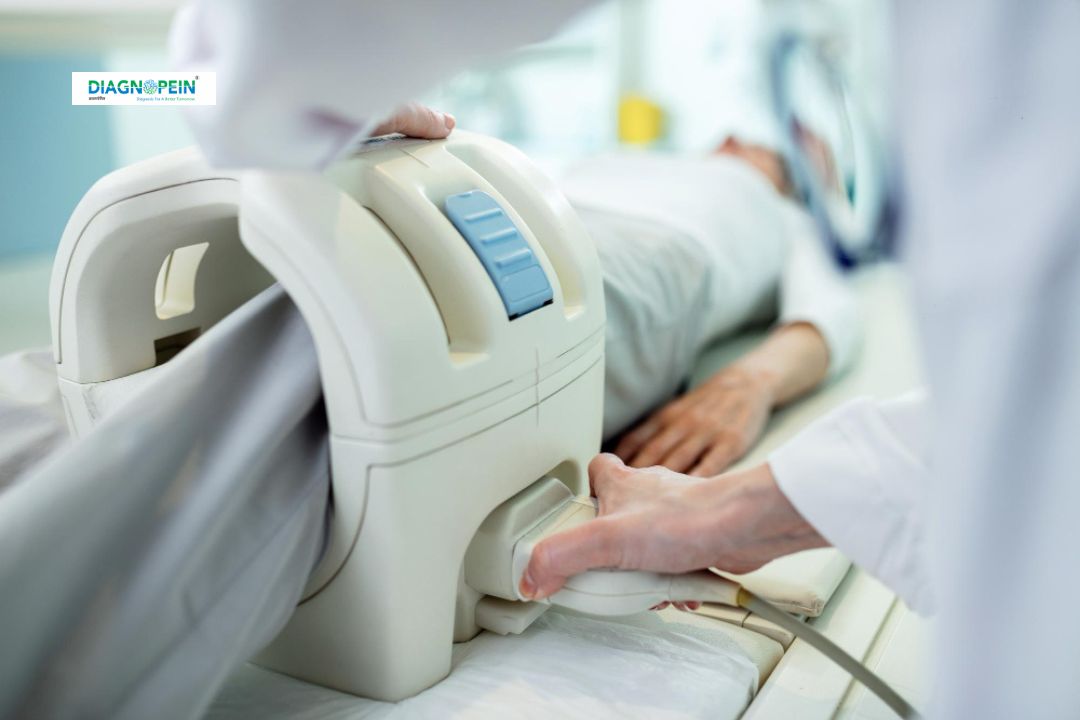Why USG Lower Limb Venous Doppler is Important
The purpose of a USG Lower Limb Venous Doppler scan is to ensure proper blood flow in leg veins and detect any obstruction or abnormality. It plays a vital role in diagnosing:
-
Deep Vein Thrombosis (DVT) – Detects blood clots which can lead to severe complications like pulmonary embolism.
-
Venous Insufficiency – Identifies reflux or damage in venous valves causing varicose veins or leg ulcers.
-
Post-Surgical Monitoring – Helps doctors assess the condition of venous grafts or stents after surgery.
-
Chronic Leg Pain or Swelling – Identifies underlying venous causes that require timely management.
The USG Lower Limb Venous Doppler test is essential for ensuring healthy circulation and preventing long-term vascular complications.
Benefits of USG Lower Limb Venous Doppler
This diagnostic test offers several advantages:
-
Completely non-invasive and painless procedure
-
No radiation exposure, safe for all age groups
-
Quick and highly accurate assessment of venous health
-
Early detection of serious vascular conditions
-
Helps plan effective treatment strategies for DVT and varicose veins
Doctors prefer USG Lower Limb Venous Doppler for both diagnostic and follow-up evaluations due to its reliability and accessibility.
How the Test is Done
The procedure for USG Lower Limb Venous Doppler is simple and performed by a trained radiologist or sonographer:
-
The patient lies comfortably with legs slightly elevated.
-
A gel is applied to the skin for better contact between the transducer and skin surface.
-
The sonographer moves the ultrasound probe gently over the legs to visualize venous structures.
-
Real-time images display blood flow direction and velocity.
-
The test usually takes 20–30 minutes, and results are interpreted by a radiologist for clinical correlation.
Patients can resume normal activities immediately after the scan, making it a convenient diagnostic option.
Parameters of USG Lower Limb Venous Doppler
During the scan, the following parameters are evaluated:
-
Vein compressibility
-
Flow pattern and direction
-
Presence of thrombus (clot)
-
Venous reflux and valve function
-
Deep and superficial venous system mapping
These measurements help in accurate diagnosis of DVT, venous obstruction, or valvular incompetence. The USG Lower Limb Venous Doppler report is typically delivered within a few hours.
Indications for USG Lower Limb Venous Doppler
Doctors may recommend this test if you have:
-
Persistent leg swelling or pain
-
Unexplained redness or warmth in the leg
-
Visible varicose veins
-
History of previous DVT
-
Post-surgical vascular evaluation
By using USG Lower Limb Venous Doppler, the underlying cause of symptoms can be identified, ensuring timely medical intervention.








